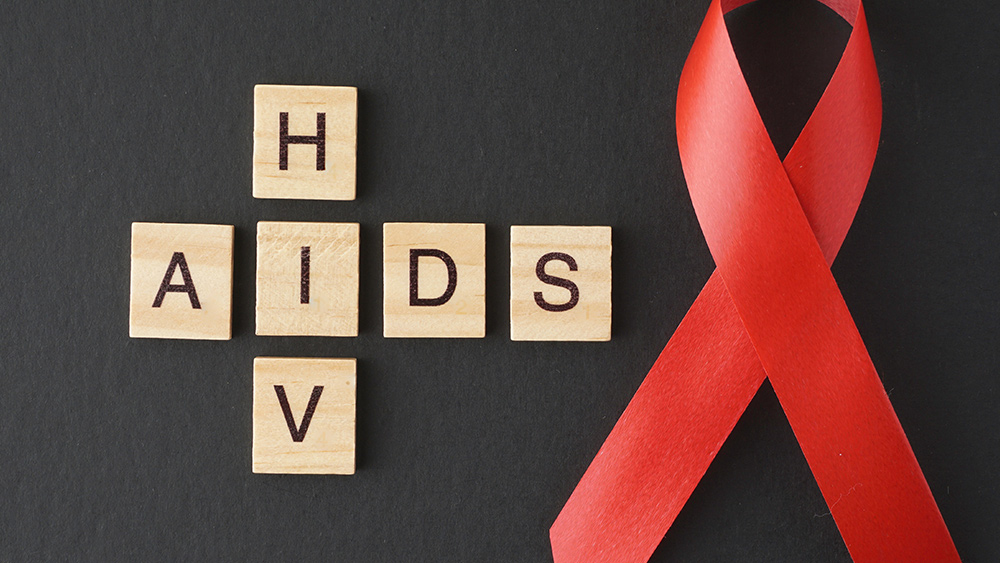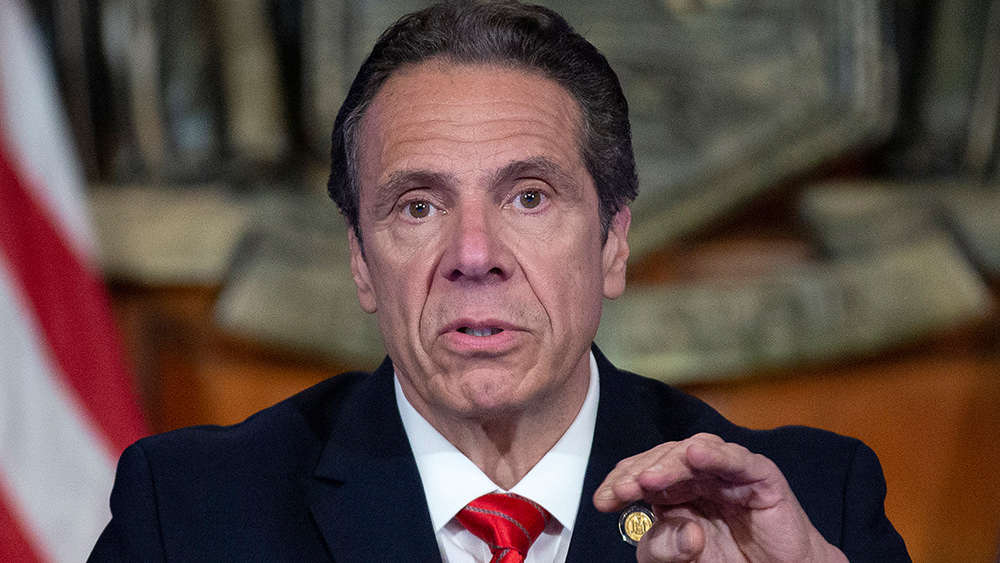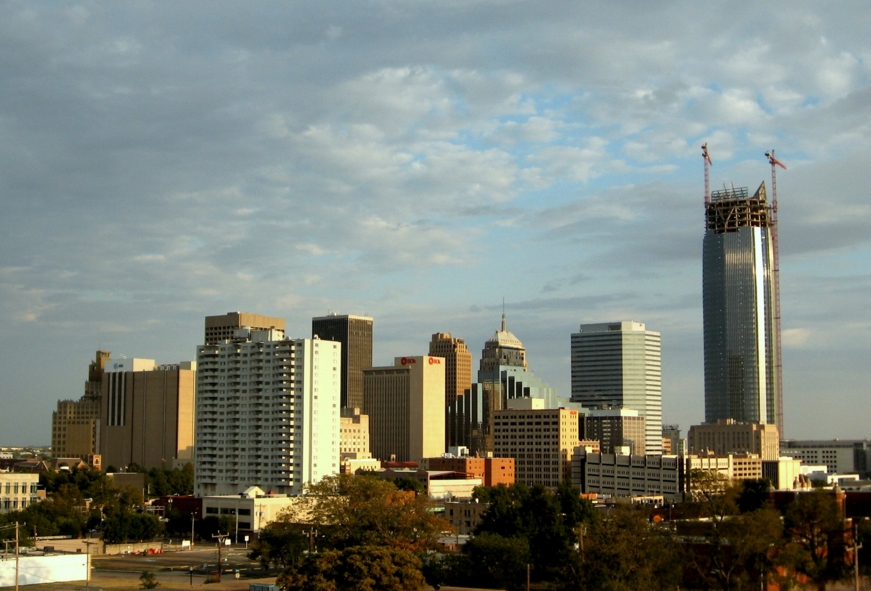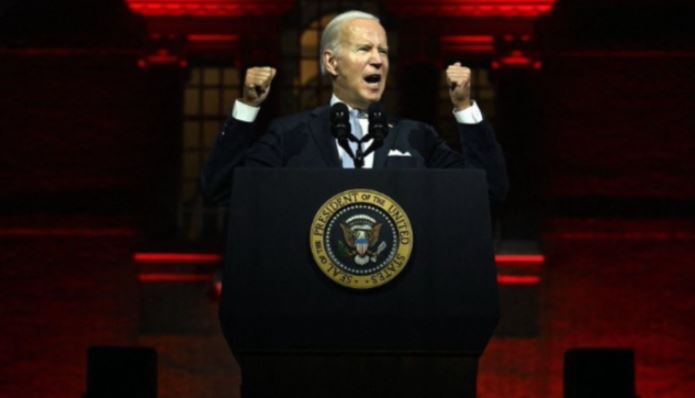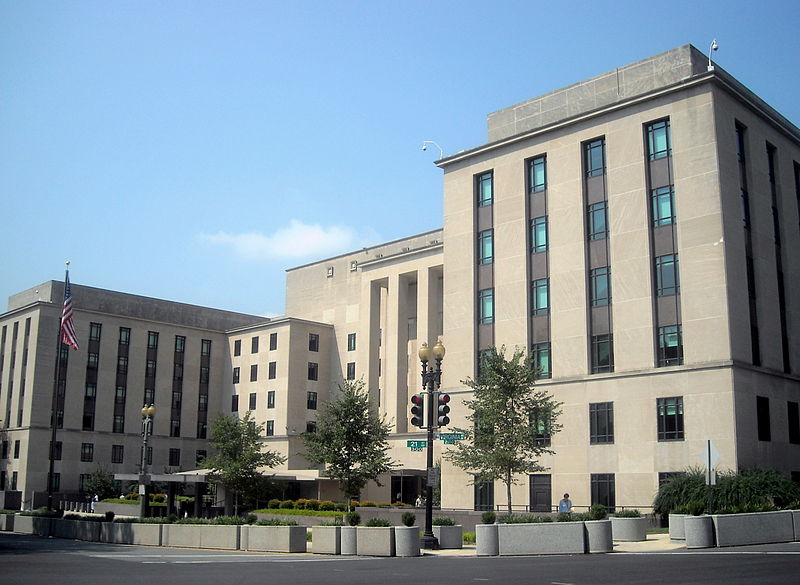CATTLE CRISIS: How a historic herd decline is shaking U.S. beef security
04/22/2025 / By Willow Tohi
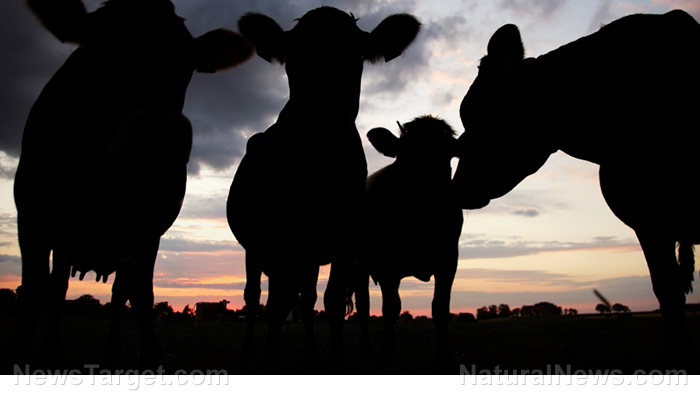
- The U.S. cattle herd has shrunk to 86.7 million head—the smallest since 1951—driving beef prices to record highs (e.g., ground beef averaging $5.79/lb in March). Droughts, inflation and policy shifts have squeezed ranchers, who warn of a “national security threat” to food sovereignty.
- Severe droughts (especially in Texas), soaring feed/labor costs and climate-driven land restrictions hinder herd recovery. High cattle prices fail to offset inflation-adjusted losses, discouraging ranchers from restocking.
- Texas saw a slight herd increase (1.5%), but national declines persist due to erratic weather (droughts/floods) and urbanization. Beef exports hit $2.7 billion, but domestic supply tightens, exposing systemic reliance on global trade over local needs.
- Retail beef prices rose 12% since 2020, pushing shoppers toward chicken and plant-based alternatives. Critics blame corporate CAFOs and export-focused policies for volatility, advocating localized supply chains.
- Solutions include drought resilience programs, cost relief for ranchers and pasture-raised models. The crisis reflects broader food-system failures, forcing a choice: prioritize profit-driven exports or sustainable domestic production.
In January, the U.S. Department of Agriculture (USDA) reported that America’s cattle herd had shrunk to its smallest size in 74 years—86.7 million head—as beef prices hit record highs, with ground beef averaging $5.79 per pound in March. The decline, driven by droughts, soaring operating costs and policy shifts, has left ranchers calling it a “national security threat” that jeopardizes food sovereignty. Texas ranchers saw slight growth in herds, yet the broader U.S. cattle supply continues to dwindle, raising urgent questions about the future of beef production and consumer access to affordable protein.
A perfect storm of drought, debt and decline
The cattle crisis is the result of interlocking challenges. Droughts, particularly in Texas—the nation’s largest cattle producer—have decimated grazing land, while the Biden-Harris years saw inflation and interest rates climb, squeezing rancher margins. “Everything in ranching costs more,” said Jason Cleere, a Texas A&M Extension beef specialist. Input costs for feed, labor and energy now exceed increases seen post-2011 droughts. Meanwhile, “green” policies, including climate-driven land-use restrictions, have curtailed expansion opportunities.
Historically, herd rebuilding followed major contractions, as seen after the 2011 drought. But this cycle differs: record cattle prices fail to offset reduced profitability, leaving ranchers hesitant to restock. “We’re seeing calf prices spike, but inflation-adjusted incomes are worse than in 2014,” noted David Anderson, an AgriLife economist. His data reveals 500-pound calves today command similar nominal prices to those a decade ago, but adjusted for inflation, returns are sharply lower.
State of emergency: The Texas example
Texas epitomizes the crisis. Despite a 1.5% rise in its herd to 4.02 million head, the broader national decline leaves ranchers grappling with paradoxical realities. “Cattle markets are strong, but moisture and costs are mixed blessings,” Cleere said. In the Rolling Plains, wheat crops wither; along the Coastal Bend, heavy rains stymie planting.
The state’s dual role as agricultural powerhouse and climate battleground underscores the complexity. “Land-use changes and urbanization are locking in a smaller herd,” said Cleere, adding that even ideal conditions won’t reverse declines without drastic policy shifts. Texas’ 2025 beef exports hit $2.7 billion, yet domestic supplies tighten.
The consumer impact: From shrimp to substitutes
At the supermarket, shoppers bear the brunt. USDA data shows retail beef prices have risen 12% since 2020, with ground beef pricing surpassing $6 in some regions. This trend mirrors 1970s meat shortages, when inflation and herd declines spurred shifts to cheaper proteins. “We’re already seeing meat aisles diminish,” said analyst ShayLe Stewart of DTN. “If herds don’t rebuild, chicken and plant-based options will dominate even more.”
Food activists critique reliance on confined animal feeding operations (CAFOs) and trade deals. “This isn’t just about prices—it’s about survival,” argues Texas Slim of the Beef Initiative, a think tank advocating for localized supply chains. His group argues that corporate-controlled agriculture exacerbates volatility: “Globalist trade schemes ship our beef overseas, leaving Americans scrambling.”
The path ahead: Sustainability or supply chain collapse?
Solutions hinge on balancing tradition and innovation. Ranchers like Cleere stress optimizing versus overgrazing. “Supplement cattle strategically—don’t chase maximum yields at unsustainable costs,” he advised. Meanwhile, the Beef Initiative promotes pasture-raised models, arguing small producers can reroute resources to U.S. households rather than export markets.
Federal policy plays a pivotal role. “Lowering input costs for young ranchers and drought resilience programs could help,” said Anderson, though he notes partisan gridlock complicates aid. The irony of rising exports amid domestic scarcity hints at systemic flaws. “We’re exporting futures to build empires on others’ continents,” Slim warned, “but if we don’t invest here, the next generation won’t have herds—or jobs.”
The herd’s fate and food’s future
The U.S. cattle crisis is not merely an agricultural blip but a litmus test for national resilience. With each calf weaned, policy choice becomes a morality play: prioritize profit-driven exports or sustainable local systems. The shrinking herd mirrors broader threats to food sovereignty, as climate chaos and economic headwinds collide with an aging farming population.
As Texas’ spring green-up offers fleeting hope, the question lingers: Can America pivot from crisis to conscientious consumption, or will the decline of its oldest protein staple mark a turning point in food’s decline? For now, the freezer cases bear the answer.
Sources include:
Submit a correction >>
Tagged Under:
food collapse, food freedom, food supply, Globalism, green tyranny, harvest, high prices, market, national security, supply chain, Suppressed, world agriculture
This article may contain statements that reflect the opinion of the author
RECENT NEWS & ARTICLES
COPYRIGHT © 2017 PENSIONS NEWS




